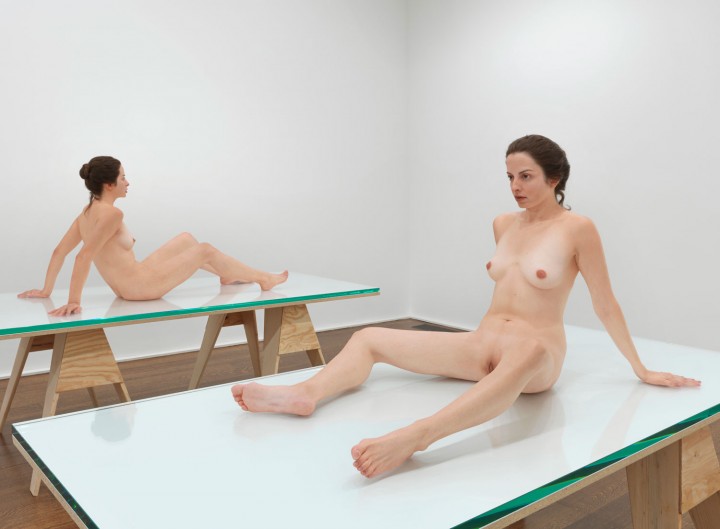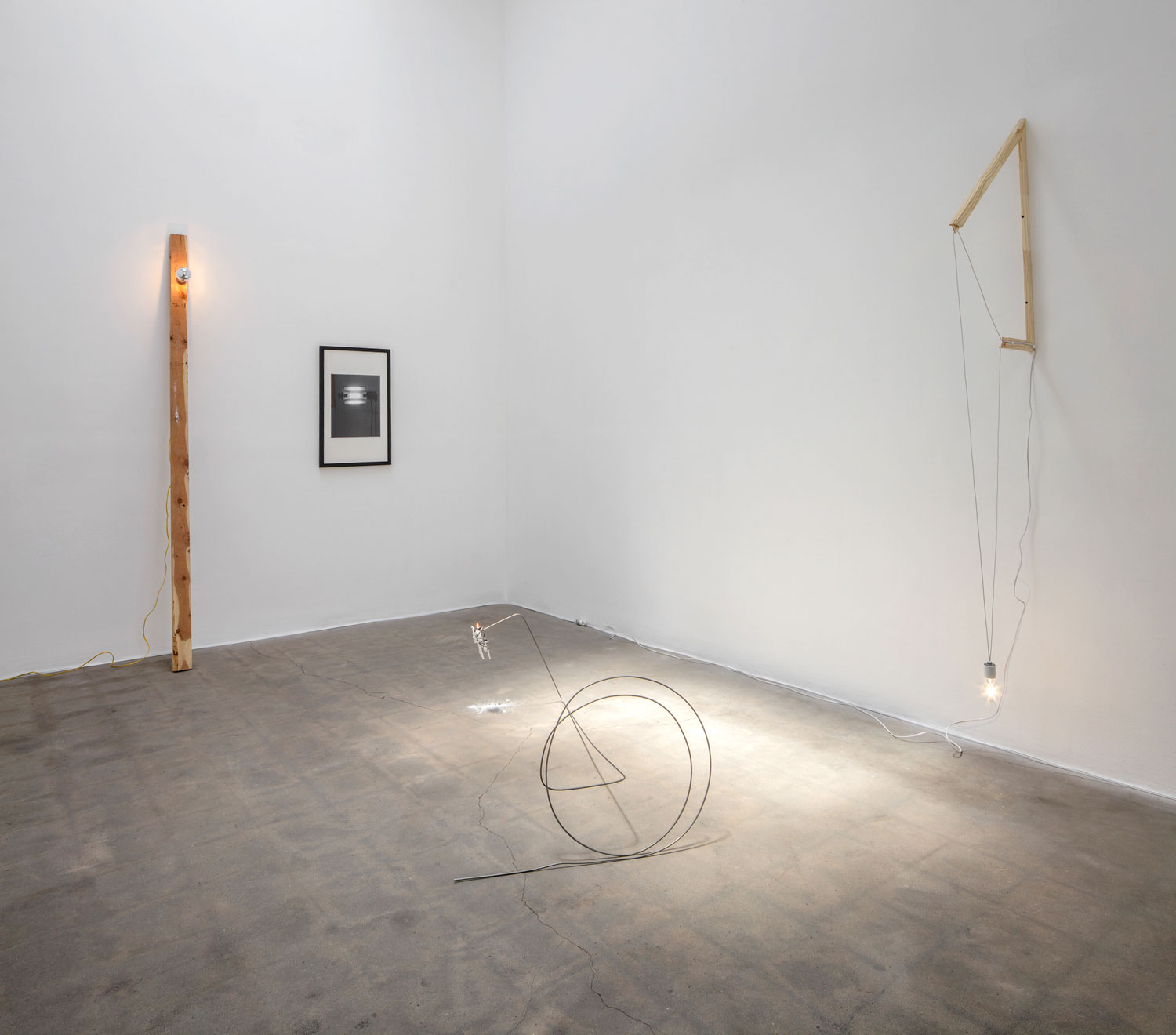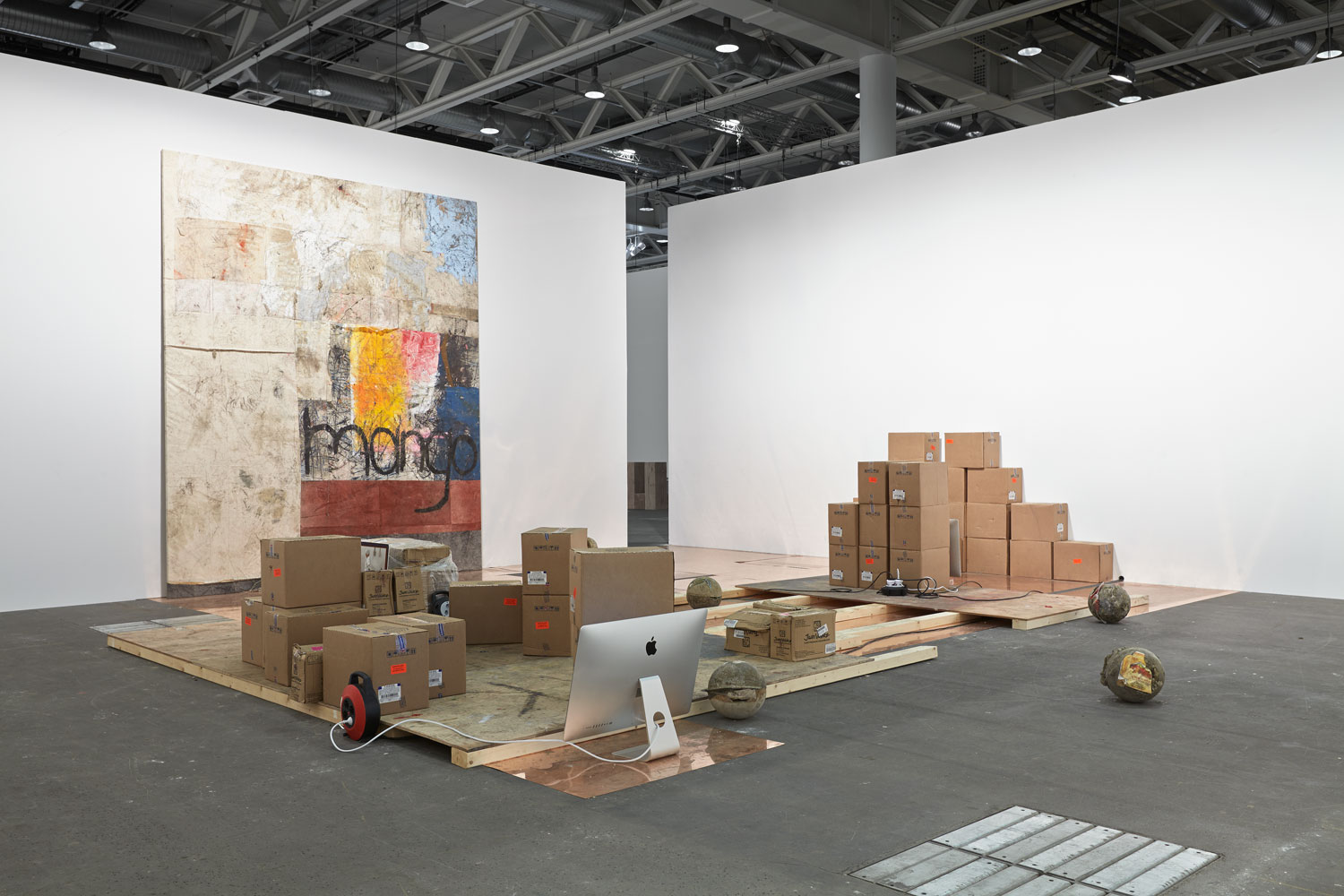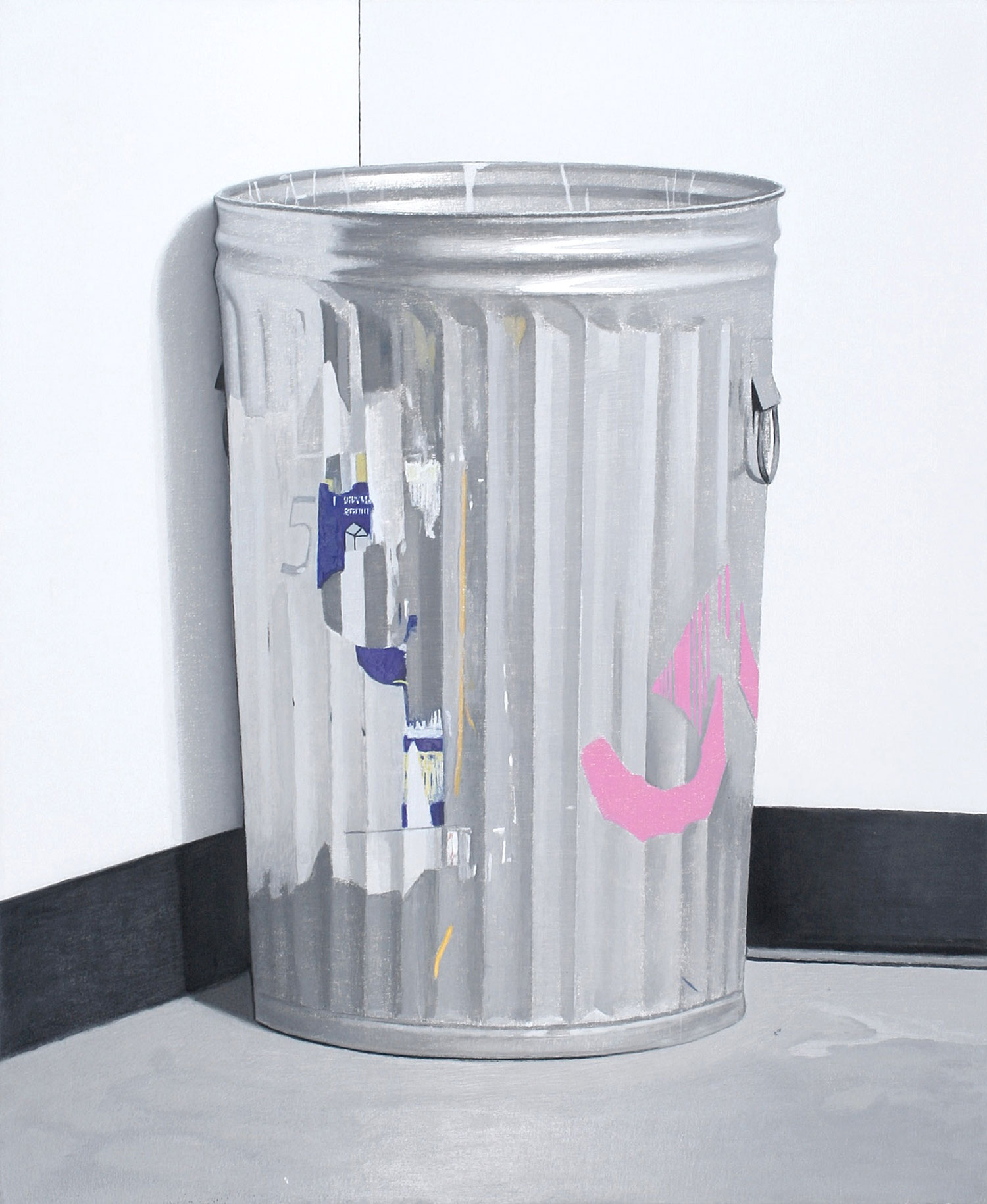
LA artist Paul McCarthy took over Manhattan this summer with three simultaneous exhibitions traversing the island. Though separate, each project functioned as a unique microcosm of McCarthy’s overarching interests — voyeurism, artificiality and the farce of the American dream.
“Rebel Dabble Babble”at Hauser and Wirth’s Chelsea space, an uncanny Gesamtkunstwerk of operatic proportions and a collaboration between Paul McCarthy and his son Damon, used the myths surrounding Rebel without a Cause (1955) to address the symbiotic relationship of fiction and reality, ultimately producing a critical vision of American popular culture and its multivalent perversions. McCarthy’s source material here is notable due to its outlandish mythology. As the legend goes, 16-year-old star Natalie Wood and 43-year-old director Nicholas Ray engaged in a sexual relationship during the making of the film, which may or may not have been incestuously infiltrated by her co-stars James Dean and Sal Mineo.
Comprising several wall-sized screens showing a number of films in McCarthy’s signature style — gross, opulent, intense, mesmerizing — this exhibition exemplified the artist’s unnerving sense of role-play. Indeed, McCarthy et fils, and their muse, actress Elyse Poppers, all figure in these films, playing a variety of fluid roles — Wood, Dean, Ray, and others — which morph into different characters and familial archetypes throughout the ongoing and loosely linked narratives.
In “WS” at the Park Avenue Armory, McCarthy’s massively fabricated ode to Disney siren Snow White addressed related themes in a similar fashion. As in “Rebel Dabble Babble,” “WS” comprised several large-scale projections of films featuring orgiastic, nightmarish fantasies of the animated character — played again by Elyse Poppers — her dwarves, and her creator/father/lover/son, Walt Disney, or rather, Walt Paul (the artist as artist). In the middle of the Armory’s spacious Drill Hall, McCarthy again displayed the sets upon which the films had been staged: a lush wooded dreamscape surrounding an immaculate recreation of McCarthy’s childhood home.
“Life Cast,” McCarthy’s more discrete project on view at Hauser & Wirth’s uptown space, again utilized Elyse Poppers to uncanny effect. Here, perfect life-size replicas of the actress in a pose at once pornographic and maternal — sitting upright, her legs splayed — were presented at the viewer’s eye-level, inviting voyeuristic admiration of the fleshly crafts. A similar, corpse-like replica of the artist — veins, age spots, limp genitalia — was sequestered in a back room, a morbid vision that referenced notions of creative virility. Of course, the breathtaking illusion of these works was shattered by the films on view upstairs, which depicted the painstaking creation of these casts. Here, as in his other two exhibitions, McCarthy emphasized the grotesque magic of artistry by treating us to a voyeuristic view behind the curtain.





